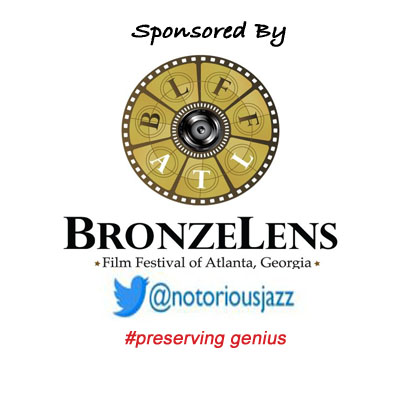
Daily Dose Of Jazz…
Peck Kelley was born John Dickson Kelley in Houston, Texas on October 22, 1898. During the 1920s, he was a popular bandleader who led his own band, Peck’s Bad Boys. The group included players such as Jack Teagarden, Louis Prima, Terry Shand, Wingy Manone, Leon Roppolo and Pee Wee Russell, several would go on to have successful recording careers of their own. Despite the apparent success of this group, no recordings survive from this period.
Rarely played anywhere outside of Texas, however, early in his career he did perform in Missouri and Louisiana. Throughout his career Kelley repeatedly turned down offers by other musicians of the day to play outside of Texas like Bing Crosby, Jimmy Dorsey, Tommy Dorsey and Paul Whiteman. Joining the Dick Shannon Quartet with Glen Boyd on Bass Fiddle, the only studio recordings from this musician to survive were made in Houston in 1957.
He enjoyed playing at the sessions and subsequently listening to the tapes but he refused to allow them to be released. They were eventually released in 1983 by Commodore Records as the Peck Kelley Jam Sessions, Volumes 1 & 2. Some private recordings of this same period have been released on the Arkadia record label.
Throughout his career he wished to remain anonymous, a private man who did not wish fame for himself. Pianist and bandleader Peck Kelley eventually became blind, developed Parkinson’s disease, and transitioned on December 26, 1980, at 82.
More Posts: bandleader,history,instrumental,jazz,music,piano
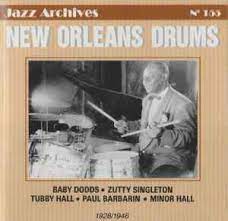
Daily Dose Of Jazz…
Alfred “Tubby” Hall was born October 12, 1895 in Sellers, Louisiana and his family moved to New Orleans, Louisiana in his childhood. His younger brother Minor “Ram” Hall also became a professional drummer. He played in many marching bands in New Orleans, including with Buddie Petit. His drumming style was forceful and sober, generally maintaining constant tempo on the snare.
By 1917 Hall had moved to Chicago, Illinois where he played with Sugar Johnny Smith. After two years in the United States Army, he returned to playing in Chicago mostly with New Orleans bands, joining Carroll Dickerson’s Orchestra and recording in 1927. He later played with the groups of King Oliver, Jimmie Noone, Tiny Parham, and Johnny Dodds.
He is seen in Armstrong’s Paramount movies of the early 1930s, including the live action and Betty Boop cartoon I’ll Be Glad When You’re Dead, You Rascal You and A Rhapsody in Black and Blue in 1932. Only Armstrong and Hall got closeups in the two films, and both get their faces transposed with those of racially stereotyped jungle natives in the cartoon. Hall morphs from a jazz drummer to a cannibal stirring a cooking pot with two wooden sticks.
Drummer Tubby Hall, considered one of the three greatest jazz drummers of his generation by jazz critic Hugues Panassié, along with Zutty Singleton and Baby Dodds, transitioned in Chicago, Illinois on May 13, 1945.
More Posts: drums,history,instrumental,jazz,music
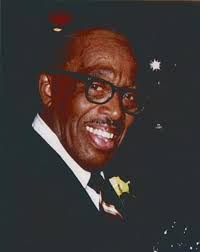
Daily Dose Of Jazz…
Myron Pierman “Mynie” Sutton was born October 9, 1903 in Niagara Falls, Canada. He worked in dance ensembles in Buffalo, New York and Cleveland, Ohio between 1924 and 1931. Returning to Canada in 1931 he founded the Canadian Ambassadors in Aylmer, Quebec. This was one of very few black jazz bands based out of Canada in the 1930s.
The group operated out of Montreal, Canada from 1933, playing at Connie’s Inn, the Hollywood Club, and Cafe Montmartre. Additionally they toured Quebec and Ontario. Pianists in the ensemble included Lou Hooper and Buster Harding.
By 1941 the Ambassadors had disbanded and Sutton returned to his birthplace of Niagara Falls, where he played locally for decades. He made no commercial recordings. A collection of materials devoted to Sutton is held at the Concordia University library in Montreal.
Alto saxophonist and bandleader Mynie Sutton transitioned on June 17, 1982 in Niagara Falls.
More Posts: bandleader,history,instrumental,jazz,music,saxophone
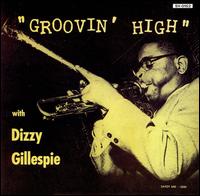
Daily Dose Of Jazz…
Alton “Slim” Moore was born October 7, 1908 in Selma, Alabama and began on baritone horn before settling on trombone by age 17. He played with local bandleaders and territory bands in his youth, such as Georgia Barlowe, Eddie Lemon, Gonzelle White, and Gene Coy.
Moving to New York City early in the Thirties he played with Jack Butler, Charlie Skeete, and Bobby Neal. Frequently switching ensembles in New York, in 1938 he did a short tour of Cuba with the Leon Gross Orchestra. Toward the end of the decade Moore moved up to play in more high-profile bands such as those of Fats Waller, Coleman Hawkins, Hot Lips Page, and Charlie Johnson. In the 1940s he played with Ella Fitzgerald, Benny Carter, Dizzy Gillespie and Louis Armstrong.
By the 1950s Slim had reduced his outings to part-time playing, after an extended stay in the band of Stafford “Pazuza” Simon. He would go on to play with Fletcher Henderson in 1957, and in the 1960s played in the Prince Hall Symphonic Band in New York as well as other big band revival outfits.
Trombonist Slim Moore, who also played and recorded on euphonium and did some scat singing, transitioned in 1978 in New York City.
More Posts: euphonium,history,instrumental,jazz,music,trombone
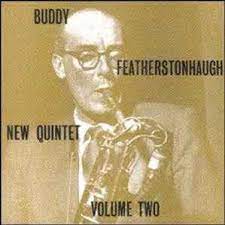
Daily Dose Of Jazz…
Buddy Featherstonhaugh was born Rupert Edward Lee Featherstonhaugh on October 4, 1909 in Paris, France. After the family moved to England he studied in Sussex, and had his first professional gig with Pat O’Malley in 1927. He went on to play with Spike Hughes from 1930 to 1932, and toured England in Billy Mason’s band behind Louis Armstrong that same year and in 1933 recorded with a group called The Cosmopolitans. which included Fletcher Allen. In 1935 he recorded with Valaida Snow and two years later with Benny Carter.
During World War II, he led a Royal Air Force band which included in its ranks Vic Lewis, Don McAffer, and Jack Parnell. They went on to record as The BBC Radio Rhythm Club Sextet during 1943-45. After the war Buddy toured Iceland in 1946, and then left the jazz scene, taking up work as a car salesman.
1956 saw his return to playing and recording in a quintet with trumpeter Leon Calvert, Roy Sidewell, Kenny Wheeler, and Bobby Wellins. He also appeared with the band at Butlin’s Holiday Camps in the mid-1950s. He toured the Middle East in 1957, after which he retired.
Saxophonist and clarinetist Buddy Featherstonhaugh, who was an occasional racing car driver who won the 1934 Albi Grand Prix, transitioned on July 12, 1976.
More Posts: bandleader,clarinet,history,instrumental,jazz,music,saxophone


